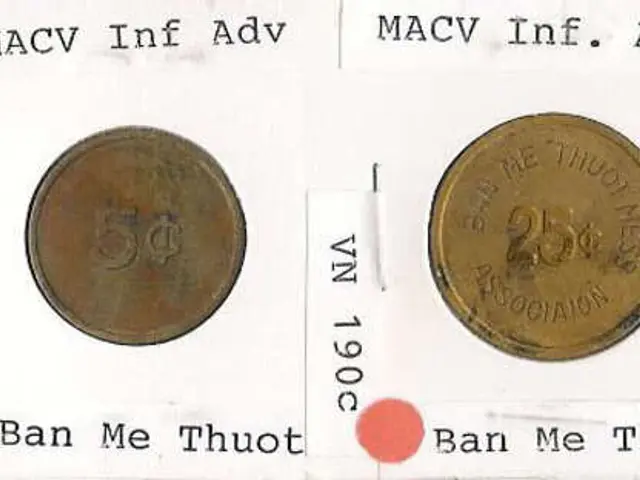Intrinsic Balancing Capabilities of Skin: The Significance of Buffer Capacity and pH Restoration Pace
The stratum corneum, the outermost layer of our skin, operates in a dynamic and intelligent way, maintaining a slightly acidic environment to protect and nourish our skin. This layer features three distinct pH zones, each with its own specific acidity level.
The uppermost zone of the stratum corneum reaches near-neutral pH values of 6.7. As we move down, we find the middle zone, known as the acid mantle, with a pH of approximately 5.4. The lower zone of the stratum corneum maintains a pH of 6.0. The acidic environment of the lower zone is crucial for the synthesis of new lipid precursors, which are essential for sustained barrier recovery through ongoing lipid replenishment.
These lipid precursors are converted into physiological lipids such as ceramides, repairing the damaged intercellular lipid matrix. This repair process is triggered when the stratum corneum is damaged, initiating a multi-phase self-repair process that includes the activation of an emergency repair system. This system detects excessive transepidermal water loss and releases lipid precursors into the stratum corneum to help restore the barrier.
It's important to note that the skin's pH recovery rate is significantly influenced by the pH of topical skincare products. For instance, acidic lotions (pH 5.5) have shown faster trends in microbiota rebalancing compared to alkaline lotions (pH 9.3) after barrier disruption. On the other hand, a pH 7 buffer significantly increased skin pH, TEWL, epidermal thickness, and inflammation in studies.
The stratified pH zones in the stratum corneum create an optimal biochemical environment for regulating protease activity. Moreover, the skin demonstrates an intrinsic buffering system and recovery mechanisms that enable it to restore its original, healthy condition.
In light of these findings, daily skincare should aim to support the skin's natural buffering and recovery mechanisms. Companies like mesoestetic®, with 40 years of innovation in aesthetic and medical skincare, are currently developing skincare products based on postbiotics that support natural skin balance, regulate skin pH, and restore skin flora, thus enhancing the skin's buffering and regenerative capabilities, including lipid production and pH balance under stress conditions.
However, exposure to alkaline cleansers, environmental pollutants, UV radiation, and mechanical friction can disrupt the stratum corneum's pH balance, so it's crucial to choose skincare products wisely and protect our skin from harmful external factors. A pH 4 glycolate buffer, for example, has been shown to reduce the rise in skin pH associated with barrier damage in studies.
In conclusion, understanding the stratum corneum's self-repair system and its importance in maintaining skin health can help us make informed decisions about our skincare routine and choose products that support our skin's natural defences.
Read also:
- Peptide YY (PYY): Exploring its Role in Appetite Suppression, Intestinal Health, and Cognitive Links
- Toddler Health: Rotavirus Signs, Origins, and Potential Complications
- Digestive issues and heart discomfort: Root causes and associated health conditions
- House Infernos: Deadly Hazards Surpassing the Flames








